What lies beneath?

Anthropologist and Collections Volunteer Paul Trawick has been delving into the role of field drains on English farms. These hidden gems offer an ingenious and indigenous way to reclaim ground, improve topsoil, tame groundwater, and achieve sustainable crop yields. But few of us even know they are there. In this, the first of several posts, Paul explains why these old systems may yet prove vital…
During the last two decades, the threat of catastrophic flooding has risen suddenly to become a permanent feature of English rural life.
As climate breakdown has accelerated and rainfall patterns shifted, devastating floods have become signature extreme weather events in the UK, as we saw only last month. These occurrences no longer seem rare but capable of striking anywhere at almost any time throughout the year. This is an ominous sign, especially for rural people, whose homes and livelihoods often rely on the well-managed landscapes that surround them.
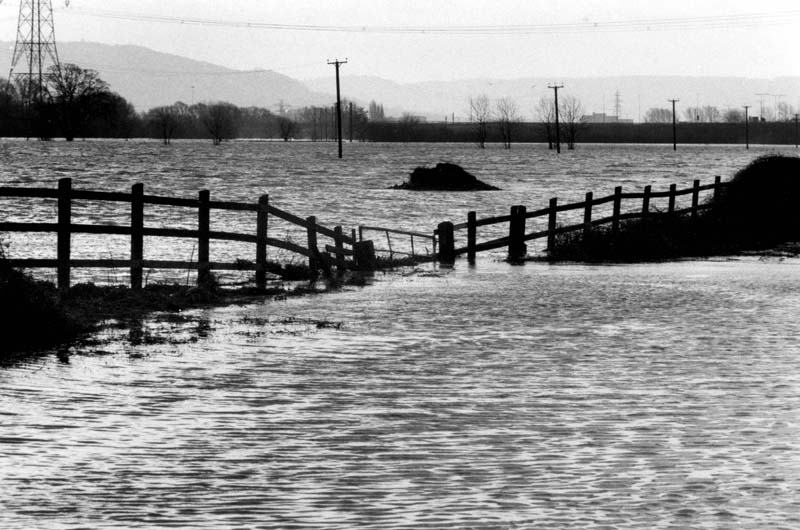
English farmers have, of course, been dealing with the threat of occasional or seasonal flooding for centuries. They are well-equipped for that challenge by a technology that is ancient, sophisticated, and largely unknown to the public. Why is so little known about it?
Well, largely because it lies deep underground, so we don’t even know that it’s there. Used today by farmers in many relatively humid and temperate environments worldwide (i.e. regions where irrigation is not necessary for cultivation), this innovative tradition was probably first seen in continental Europe. However, because it flourished, developed, and was significantly improved here, British farmers can rightly claim this heritage as their own. It makes them as able to deal with flooding today as they were in the past.
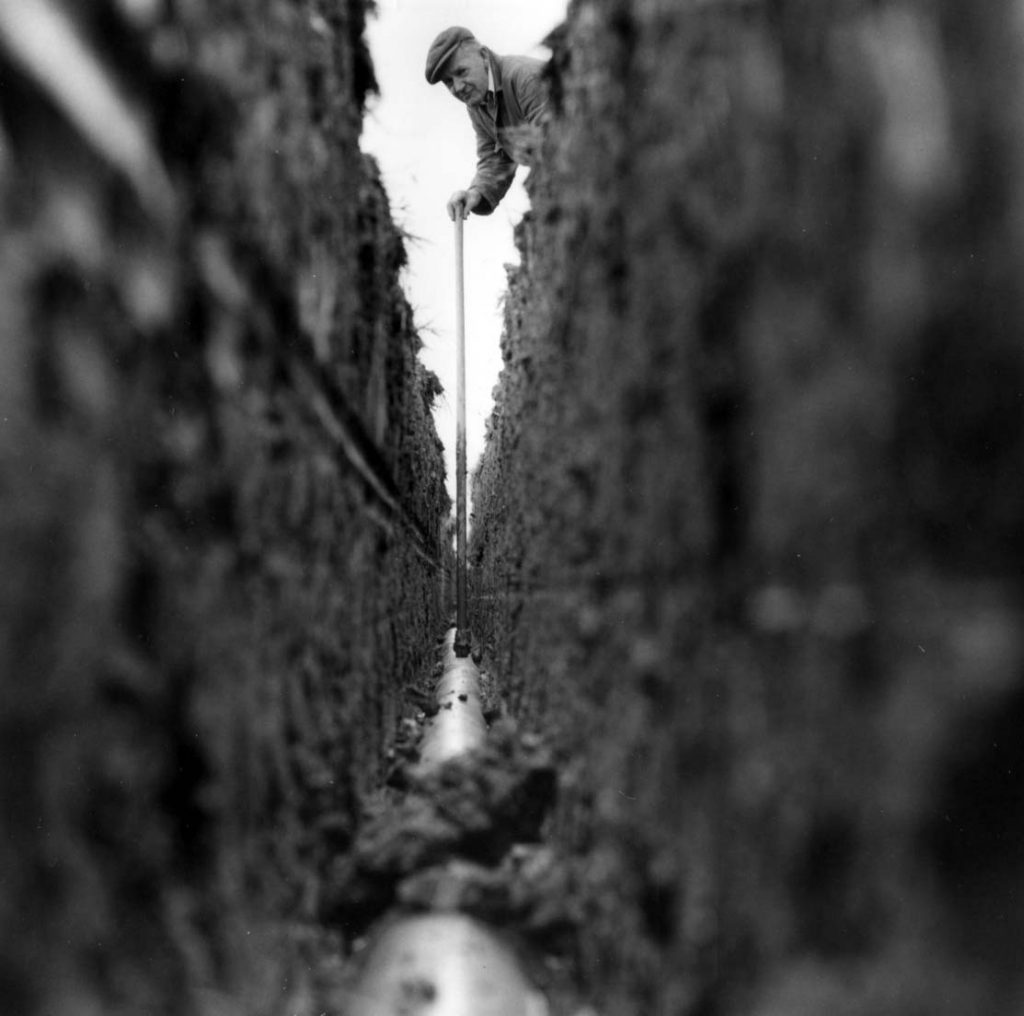
Today, however, in a context of climate crisis, more demands are being placed on this underground solution than ever before, and, in dealing with sudden and very heavy rainfall events, our British farmers and policy makers find themselves facing a dilemma. Their dilemma links to a system that is arguably more easily visible in the stores and database of this Museum than it is in the contexts where it has the biggest impact.
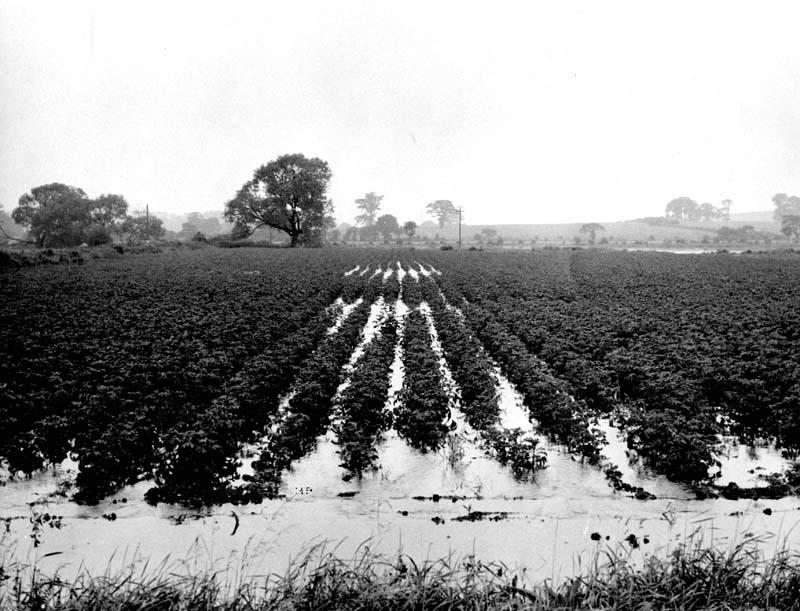
So, how does this system work?
Using an ingenious underground system of pipes farmers are able to automatically and quickly drain excess water off of their fields after heavy rainfall events. This counteracts the waterlogging of topsoil and avoids flooding locally, on their own property. The knock-on effect of this is that they are able to maximise production and enhance our food security. However, in doing so they necessarily contribute to potential flooding on lands that lie downslope and downstream.
Today, such downstream neighbouring lands often include many former green spaces located in and around rural villages and towns, which have become increasingly occupied by non-farmers or by relative newcomers to the countryside. The majority of residents therefore don’t know a great deal about the ancient food management systems or how flood-meadows and other solutions have been exploited by farmers for centuries.
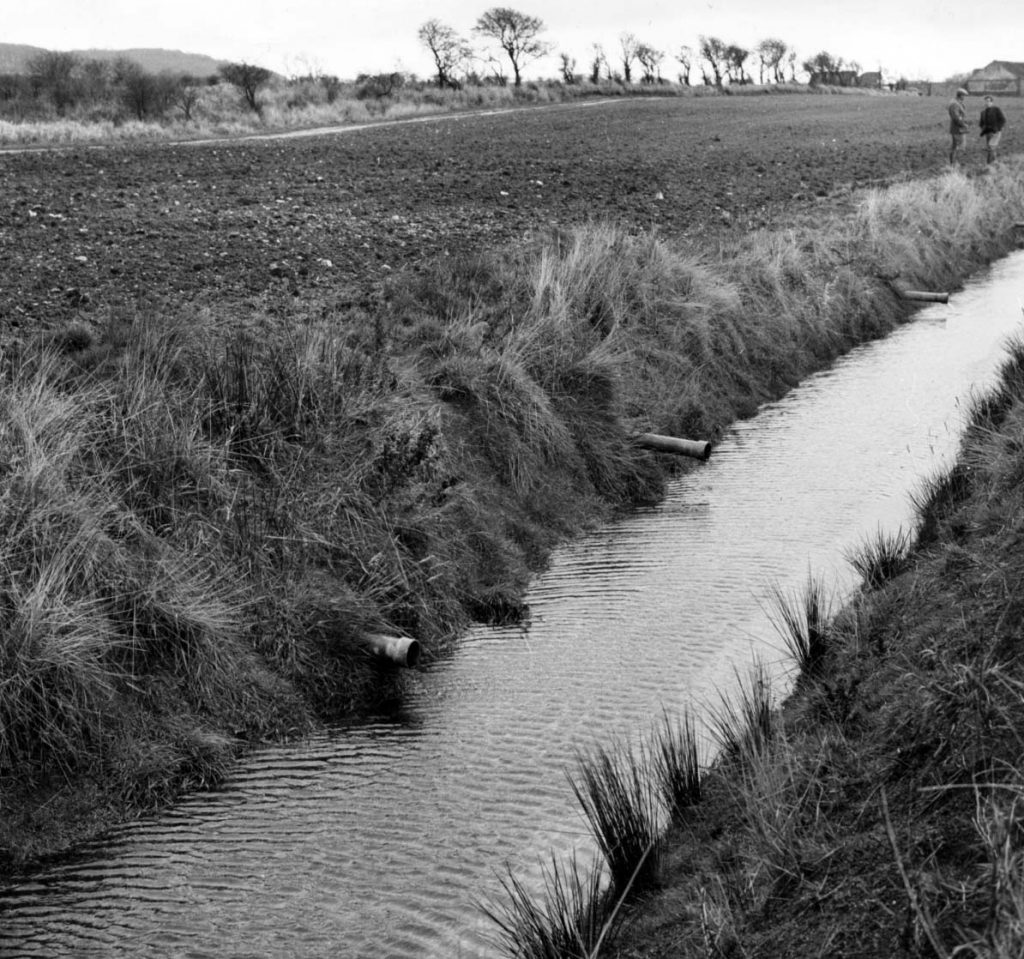
In spite of these old technologies lurking underground and the natural capture and release processes of flood meadows playing their part, it is not hard to see how different stakeholders might combine to generate potential conflict. Farmers and landowners seeking to reduce damage and maximise profitability. Home and business owners keen to avoid damage to property. Insurance companies seeking to minimise liability.
Today, as severe storms strike the UK more often now than ever before, confrontations between different voices and groups are likely to happen more and more.
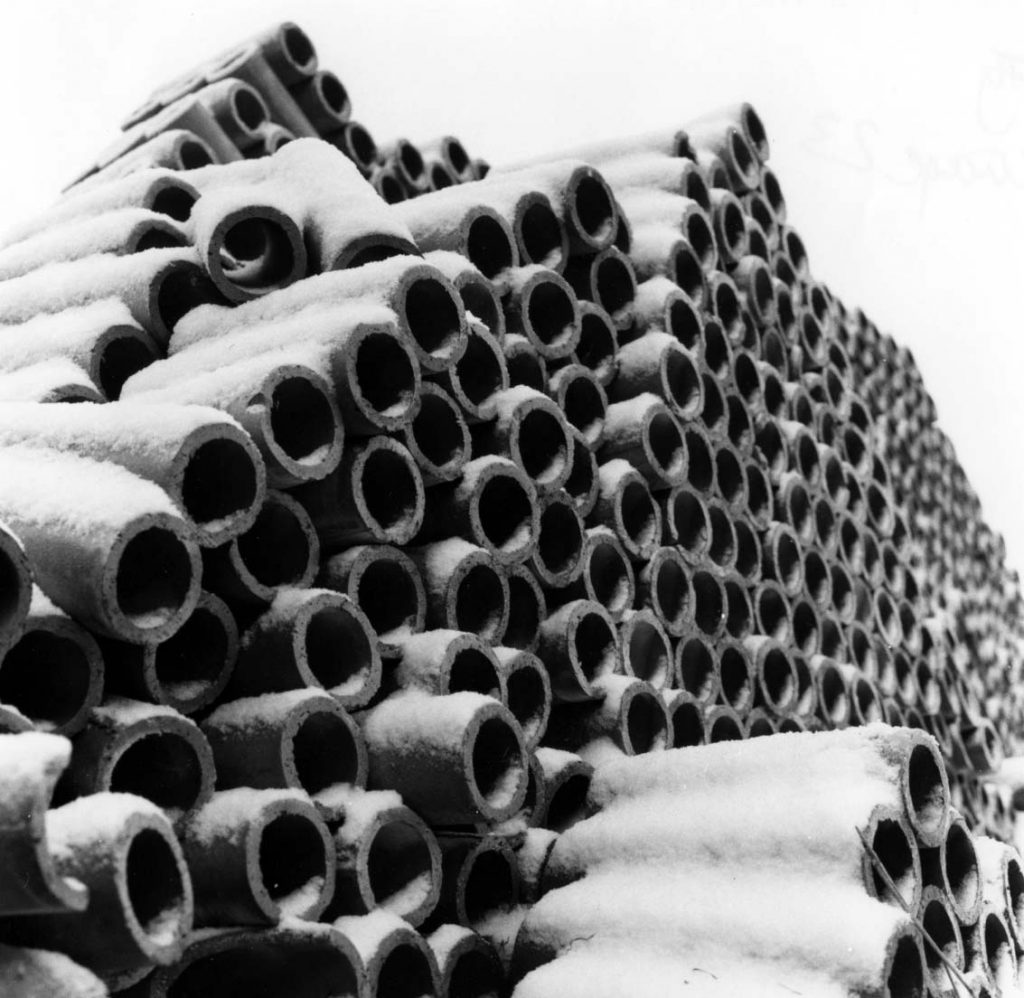
Fortunately, there is every reason to think that many of the key challenges can be resolved. We may find ourselves powerless in the face of the increasing frequency of extreme rainfall events. However, improved awareness of hidden farm drainage systems and of the complex part they play in the capture and distribution of water after significant rainfall events, might help offset some of the conflict surrounding this complex issue.
These archaic systems may even offer some practical solutions to the threat of flooding in the countryside. Rural residents could respond more effectively and appropriately, through enhanced cooperation rather than through competition and conflict.
In the next post, we’ll delve deeper still into the workings of these mysterious drainage systems, learn more about how they work and where they lurk, both in the fields of our countryside and in the stores and displays of The MERL.
